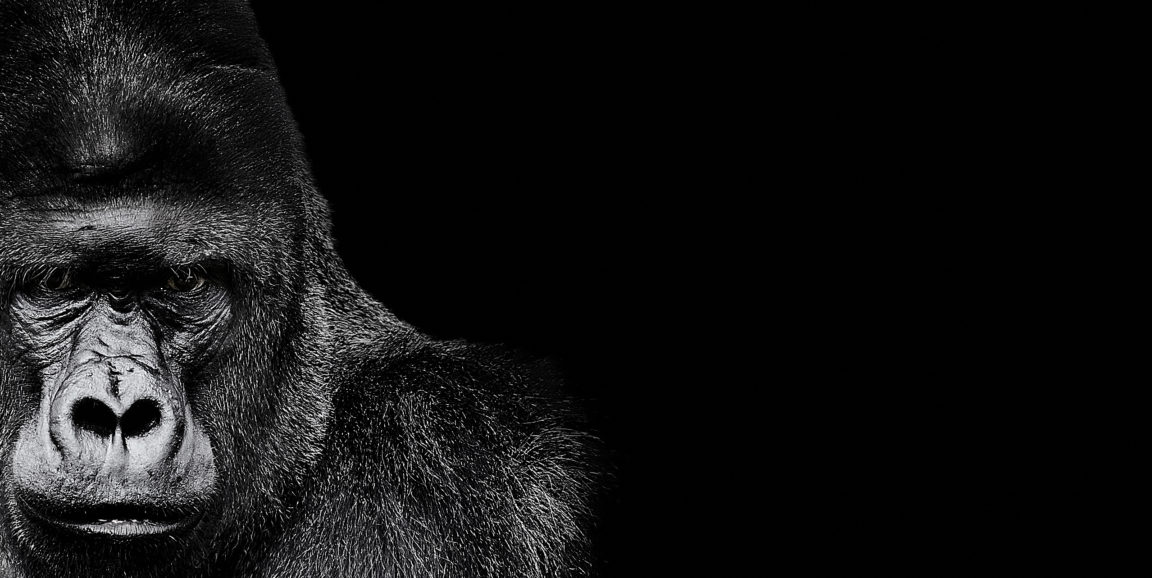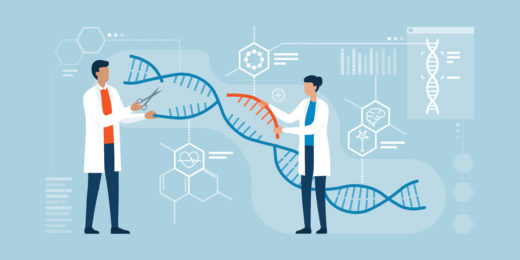Unconventional Paths: Stories of Stanford Medicine faculty, researchers and physicians whose journeys into medicine followed nontraditional routes
John Gorzynski climbed the stairs to his Wales apartment, exhausted and covered in sheep fluids. It was springtime, 2016, which for a veterinarian in rural areas of the United Kingdom means only one thing: newborn lambs, and a lot of them.
Gorzynski was his town's on-call vet. In one night, he'd performed five cesarean sections on sheep struggling to birth their lambs, and it was now 3 a.m. But before he could reach the door to his flat and have a good shower, his phone rang.
Another lamb in peril -- back to work.
"In that moment, I knew I needed a change," said Gorzynski, DVM, PhD, who is now a postdoctoral scholar at Stanford Medicine. "That lifestyle was just not sustainable for me."
He yearned to return to a research lab, where his work schedule wouldn't hinge on laboring farm animals.
The desire set Gorzynski on a path that, in 2016, brought him to the Stanford Medicine lab of biomedical data scientist and geneticist Euan Ashley, MB ChB, DPhil. During his time at Stanford, he and others have devised record-setting genome sequencing techniques, researched heart disease in great apes and deciphered genetic cardiovascular conundrums in humans.
A farmer's kid turned city boy
Gorzynski grew up on a small organic farm in New York, diligently cultivated by his father. The upbringing, he said, fostered his love of animals and the outdoors. "As a kid I'd just sit up in the orchard trees, picking and snacking on cherries, apples and peaches," he said. "It's where my love of nature and animals originated."

Eventually, though, Gorzynski deviated from the family business when he chose a career in medicine. Everything was on track when he was an undergraduate at St John's University in New York -- but then he witnessed his first autopsy. "It totally put me off being a human doctor," he recalled.
His passion for medicine persisted, however, so after graduating in 2007, Gorzynski explored other options. "I hadn't considered veterinary medicine before that -- but it suddenly seemed like a clear choice," he said.
A cardiac conundrum
Lured by its metropolitan location and solid research reputation, Gorzynski enrolled at the University of London's Royal Veterinary College for veterinary training and joined the lab of professor of veterinary cardiology Adrian Boswood, VetMB, who researched genetic causes of cardiovascular disease in great apes, a group of primates that include chimpanzees, gorillas and bonobos.
During his time at the lab, two chimpanzees died of sudden cardiac failure at the London Zoo. Both were around 16 or 17 years old, some 35 years shy of the average lifespan of a chimpanzee in captivity. And here was the kicker: They were related. "It made me wonder if there might be a genetic component at play," Gorzynski said.
In investigating the cause of the apes' deaths, Gorzynski and others found anatomical anomalies that resembled a cardiovascular disease in humans: arrhythmogenic right ventricular cardiomyopathy, or ARVC, which interferes with proper heart rhythms. That can lead to insufficient blood supply to organs and, ultimately, sudden death.
In humans, at least 50% of this type of cardiomyopathy is due to a genetic defect. Because humans and chimpanzees share a whopping 98% of their DNA, it stands to reason that whatever we know about humans could apply to chimpanzees, and vice versa.
The disease is believed to arise from a mutation in genes associated with a structure in heart muscle cells. With DNA from the deceased chimpanzees, Gorzynski and others dug more deeply into whether the primates harbored mutations in the key genes known to cause ARVC in humans.
Expanding the research to include the rest of the zoo's chimpanzees, the researchers monitored their heart function and examined their DNA to determine whether any heart abnormalities were genetic. Eventually, using samples from wild chimpanzees from the Jane Goodall Institute, the team also investigated the incidence of ARVC in apes in their natural habitats to compare with those in captivity.
In the end, the research was inconclusive.
"We found genetic differences between captive and wild chimpanzees, but our data wasn't granular enough to see if those variants were actually causative of the disease," Gorzynski said. The technology just wasn't advanced enough. His research hit a standstill.
From vet to lab
After his veterinary training wrapped up, Gorzynski practiced animal medicine in Four Crosses, Powys, Wales as a mixed-animal surgeon for the next 2 years.
"I just decided, 'I'm going to live my best James Herriot life,'" he said, referring to the pen name of a veterinary surgeon who chronicled his work in the book All Creatures Great and Small and its sequels. "I saw birds, dogs, cats, ferrets, sheep, cows, horses -- it was great, and fun, but it was exhausting."
After the fateful night of five sheep C-sections, when Gorzynski made up his mind to return to ape research, he began seeking graduate programs. Ashley's work -- everything from studying the biology of endurance athletes to deciphering mystery diseases -- caught Gorzynski's interest. And the intrigue went both ways.
"I remember sending him a note, and Euan responded and said, 'You know, I've been waiting for someone like you -- I have this really interesting project,'" Gorzynski said.
That project focused on Koko, a famed gorilla born in the San Francisco Zoo who wowed the world with her sign language skills. Gorzynski returned to the United States to start research as a Stanford Medicine graduate student working with Ashley, a professor of genetics, of biomedical data science and of cardiovascular medicine.
Stanford's cardiovascular team was monitoring Koko, along with other great apes at a nearby preserve where Koko had lived, for structural heart disease and saw signs of a cardiovascular condition. Powered by new, more advanced genome sequencing, Gorzynski hoped to determine if there were key genes that spurred Koko's heart ailments. Sadly, Koko died in June, 2018 of unrelated causes.
To broaden the research, Gorzynski reconnected with his collaborators at the Jane Goodall Institute to share genomic data and findings. (The specimens Gorzynski sequences are collected after a great ape dies of natural causes in a sanctuary in the Republic of the Congo that the institute supports.)
When that research was paused in 2020 by COVID-19-related travel restrictions, Gorzynski had to find new ways to round out his degree. The detour resulted in him contributing to research that set a new world record: the fastest genome sequencing technique. The process, from sequencing the genome of a patient to providing clinical information, took several hours, a big improvement from the typical timing of a few weeks.
Now that travel restrictions have loosened, Gorzynski has resumed his ape-related studies. "What we learn from our studies could inform heart disease in humans but, honestly, that's not why I'm doing this research," Gorzynski said. "My focus is the health and well-being of the animals, and my hope is that this research can teach us how to better maintain a healthy population of wild great apes."
Read more Unconventional Paths stories here.
Photo by Savory






